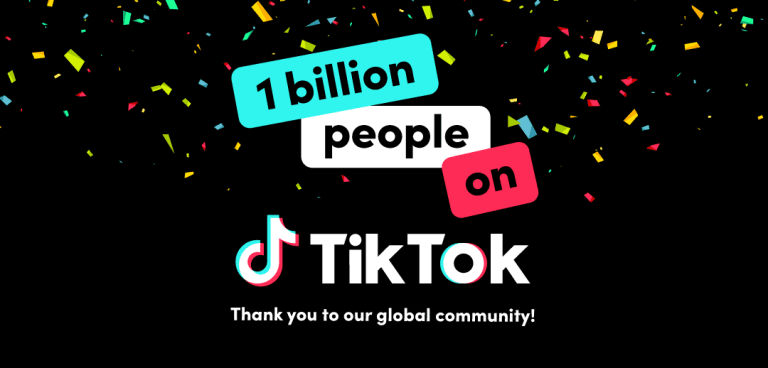How to Present A Content Marketing Strategy
When it comes to reaching out to your potential customers in order to sell your services or products, marketing becomes essential. So, it’s critical for a company to spend on its marketing campaigns, whether in terms of financial investment or some technical investment.
With the digital shift in the world, many new strategies and techniques have been introduced, replacing the conventional means of marketing. Hence, companies need to stay in touch with trends, competitors, and what customers crave.
Content marketing has made its way up the list as it serves two purposes: bringing value to the potential customer and building a brand’s reputation. However, simply writing blog entries and posting on social media won’t work. Instead, you must have a thorough and all-encompassing strategy to draw in and keep the attention of a precisely targeted audience and ultimately produce valuable consumer action through your content. To help you out, we have outlined how you can build a content marketing strategy for your business growth.
1. Defining Goals and KPIs
Before developing any strategy, you must know what you are expecting to achieve in return for your content marketing.
Invest your time and then make a list of goals that are aligned with your vision behind the marketing strategy. You must have at least one KPI for each goal in order to assess your progress. Ensure that each team member is fully aware of the company’s goals to execute the plan smoothly.
Start by conducting a meeting with your team. With the help of a timeline template, lay out the deadlines for each stage of the goals you set and present how those goals relate to your growth. Having a marketing timeline, you can see the progression of your marketing plan’s objectives, strategy, and accomplished action items over time. Remember that your timeline should be based on your particular KPIs and goals. For example, consider how many link placements your website should get this year in order to meet your objectives for organic traffic. Moreover, with the help of different charts like Gantt charts, you can present complex data with KPIs and metrics in an organized manner, making it more understandable for the audience.
2. Conducting a Content Audit
Initially, brands usually begin with blog posting, which works well, but there are many different formats to venture out. So before you jump to another, you must run a content audit to know which is your lowest and the top most performing content. Knowledge gained will guide your next move for better results.
If your company has been around for some time, you should evaluate your content marketing strategies and the outcomes from the previous year. Establish new objectives after determining what you can accomplish better in the future year. Present the team that will work with the project and the tasks they’ll be executing to make things work. Explain your framework and the tools to use to work with the strategy. Remember, transparency is the key. It would be best if you kept up with the team, ensuring everything is clear and sound to all because teamwork makes the dream work.
No matter what stage you are at, introducing an audit will assist you in identifying the gaps, enabling you to work for its improvement.
3. Content Calendar & Content Samples
The best method for organizing all the data obtained in the earlier steps is to create a content calendar. Then, utilize it to organize topics into subject clusters and carry out content development.
Publication date, keywords to target, titles, publication platform, categories, target audience, and content format are just a few of the essential things you should include within your calendar. You can also link to different platforms to keep track of where the publications are live.
Before starting the marketing campaign, ask the team to prepare a sample of new content to release. Or if not, then you, as the leader, can provide them with a pattern to follow, keeping in mind the style of the content according to the targeted channel and other components to make compelling content.
Ensure that every team member involved in the process has access to your content calendar, and that teams must update it regularly as they proceed. Interacting with other teams (such as sales) simultaneously will help you make your content more customer-centric.
4. Plan Content Production
Think about what methods can streamline your content production processes and help you save money while developing your content strategy. Welcome other employees to contribute to your brainstorming sessions; you might catch up with something new.
Following are the things you must consider:
- Examine the available resources such as your content budgets, content creators, etc.
- Making a rough chronology and cadence map. For instance, plan the number of content pieces to produce monthly.
- Identifying potential stumbling blocks and areas for improvement.
- Estimating the cost and duration needed to develop content in order to achieve your aims.
- Determining whether to keep content creation in-house or outsource it.
- Deciding whether or not the production stage requires participation from the development, design, or other teams.
5. Measuring the KPIs and Constant Evaluation Strategy
The greatest method to figure out what content appeals to your audience is to analyze how well it performs. It also enables you to assess the effectiveness of your content marketing activities. In this case, you might need help from Google Analytics or any native tools analytics to evaluate the performance of your website.
While your content marketing campaign expands and changes, there are some elements of your strategy, like your mission and business objectives, that should remain constant. A frequent evaluation and update will, however, probably be beneficial for other facets of your content marketing plan. For example, consider reviewing your channel approach, key subjects, and team procedures once a year or more frequently if you are just getting started. Doing so will help you make sure your content marketing program stays on track.
6. Using PowerPoint & Google Slides templates to showcase data visually appealingly.
To keep everyone in touch with the strategy, data must be shared in an understandable format. Presentation templates can help you complete your job much more quickly, allowing you to devote more time to developing your ideas and conveying your story rather than worrying about creating the entire deck from scratch.
The pre-built frameworks in slide templates simplify presentation design. All you need to do is insert the information into the spaces that have been allocated; the slides provide placeholders for charts, graphs, and other key elements. This not only saves you time but also helps you showcase appealing and organized data, making it very simple and interruption-free for you to present all your information.
Every slide in presentation templates comes with a variety of layout options, allowing you to choose the one that best suits your information while still adhering to design best practices. Additionally, you may rapidly change fonts, colors, and themes to maintain coherence across your presentation. This can become incredibly helpful if your company is required to share the content marketing strategy with the stakeholders and expose the reasons behind the decisions.
Conclusion
Summing up the article here, we believe the above information would have answered many of your questions. It’s time to start developing your content marketing plan now that you are aware of the steps. If you create and share material, you should have a plan to make the most of it. So consider the above-discussed suggestions to outline an effective action plan to reach a larger audience.







